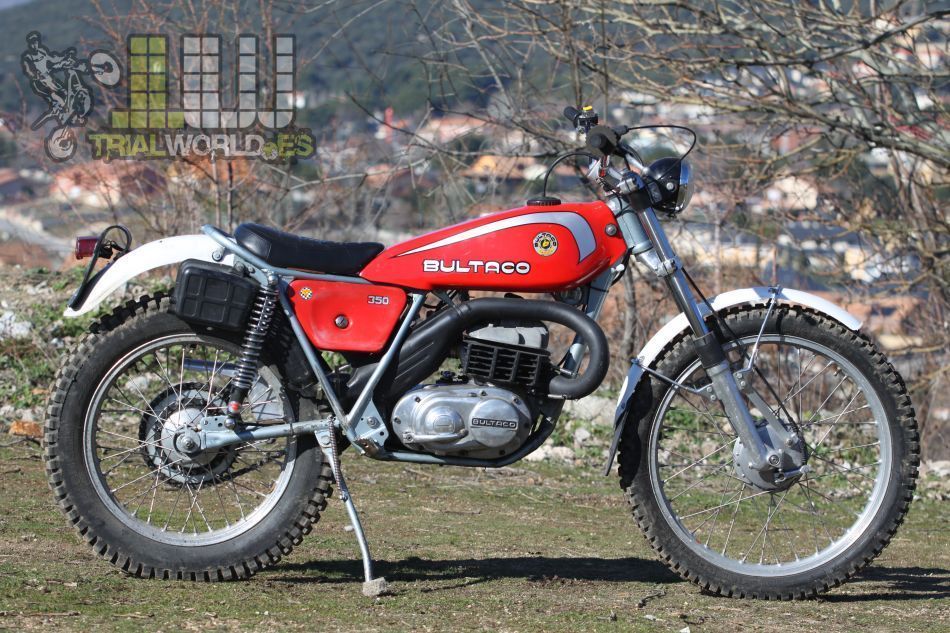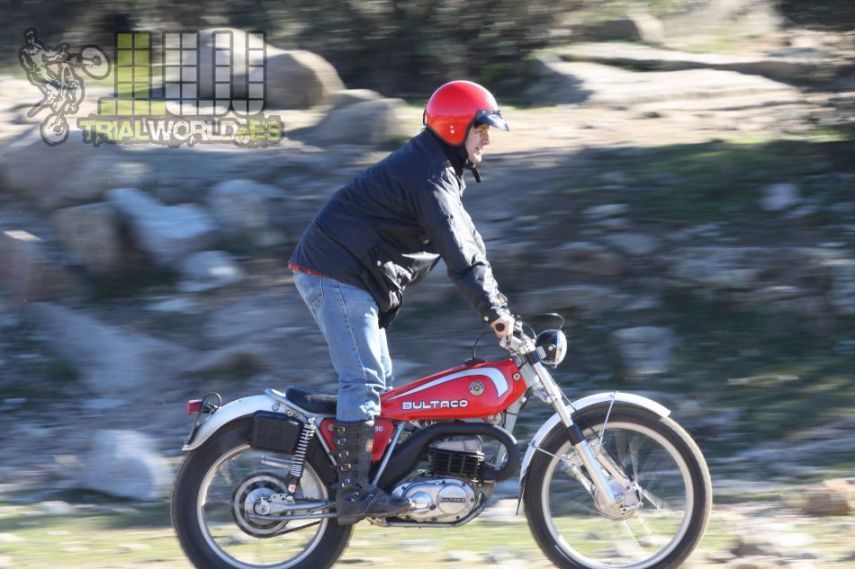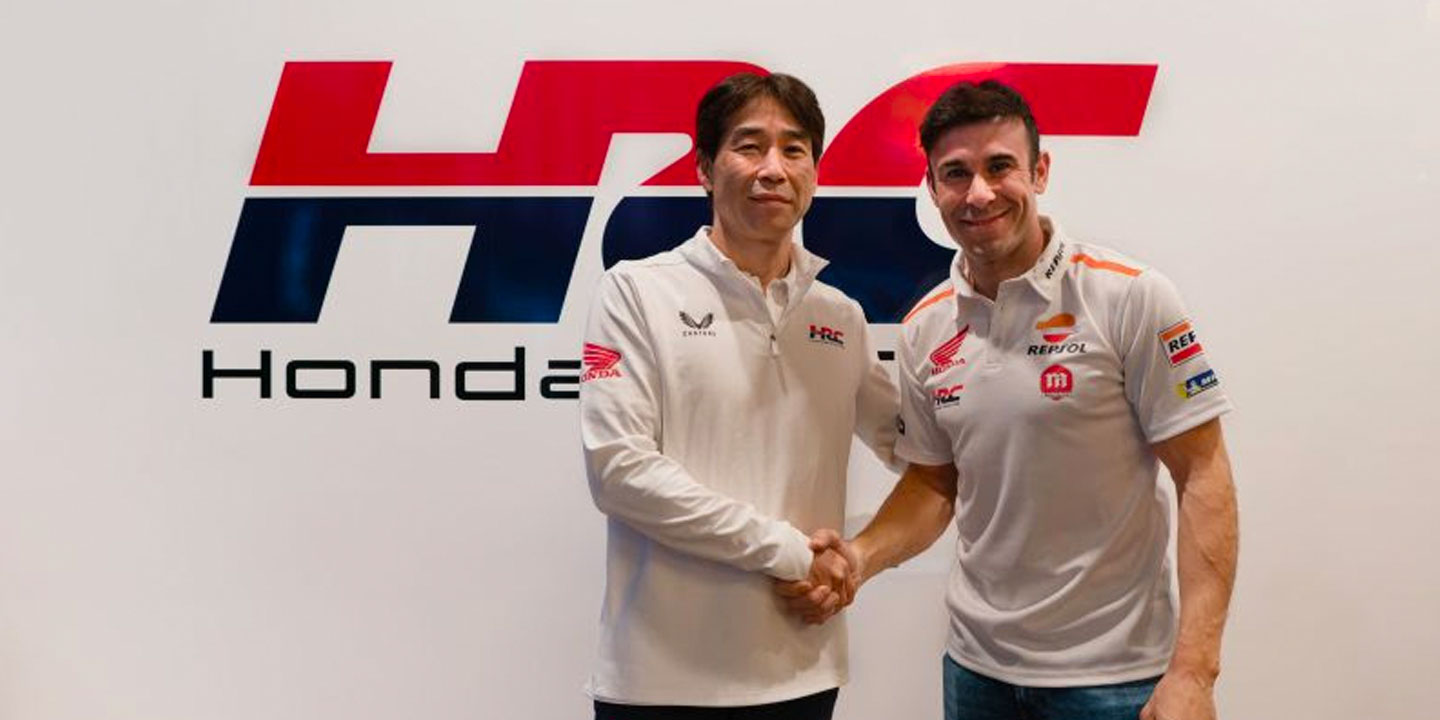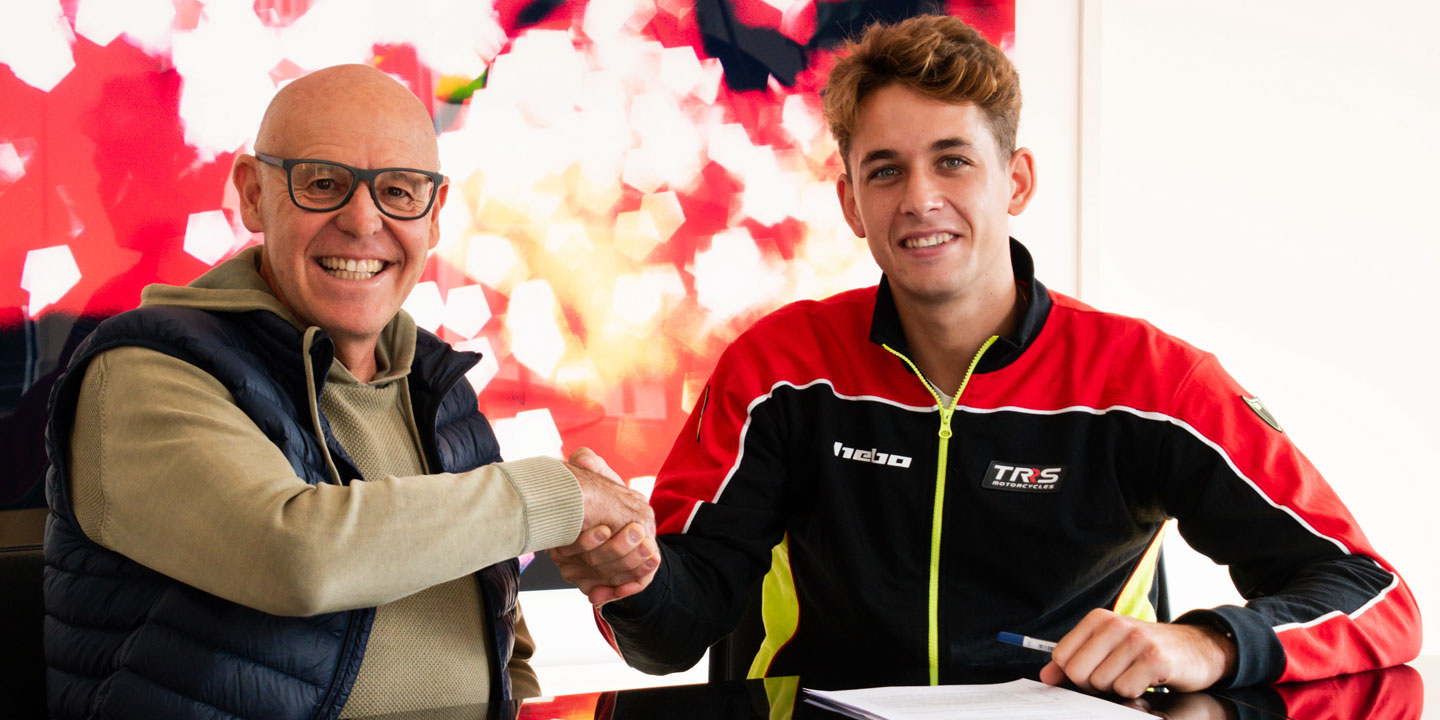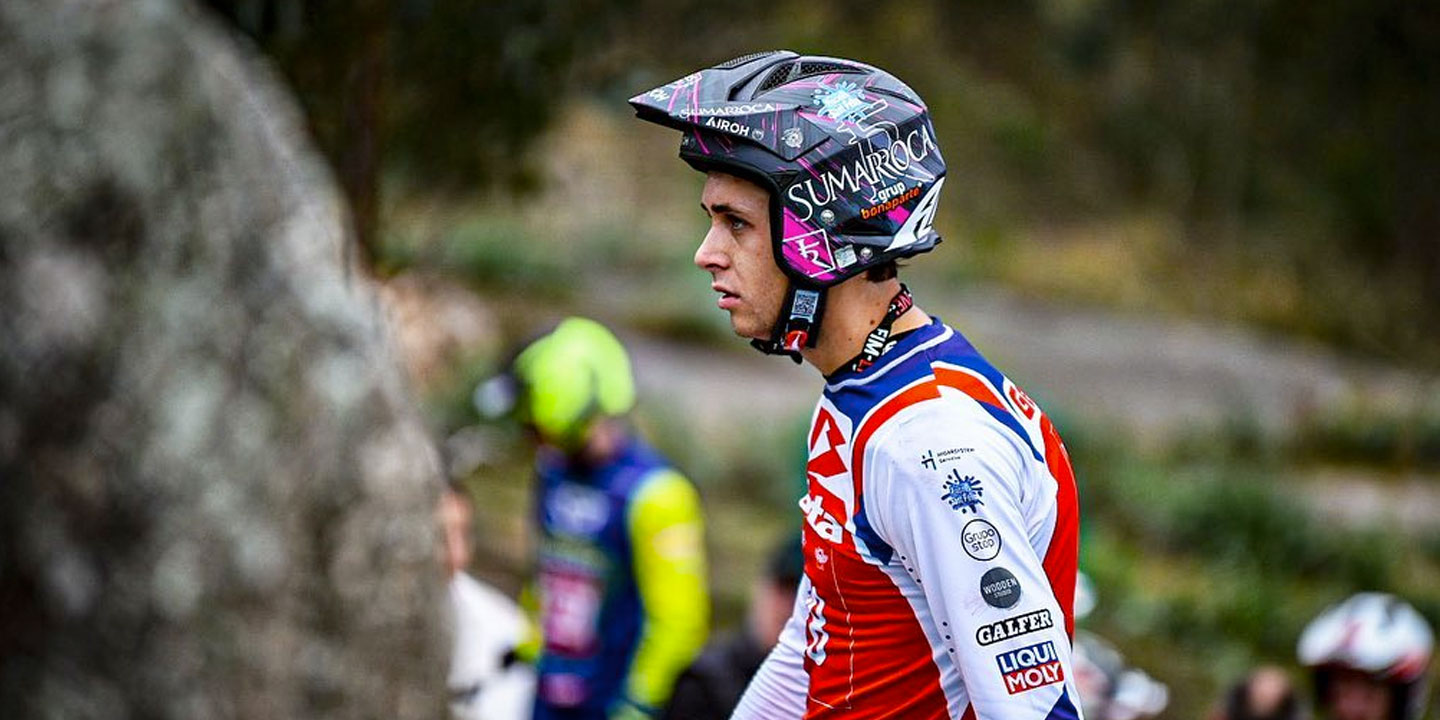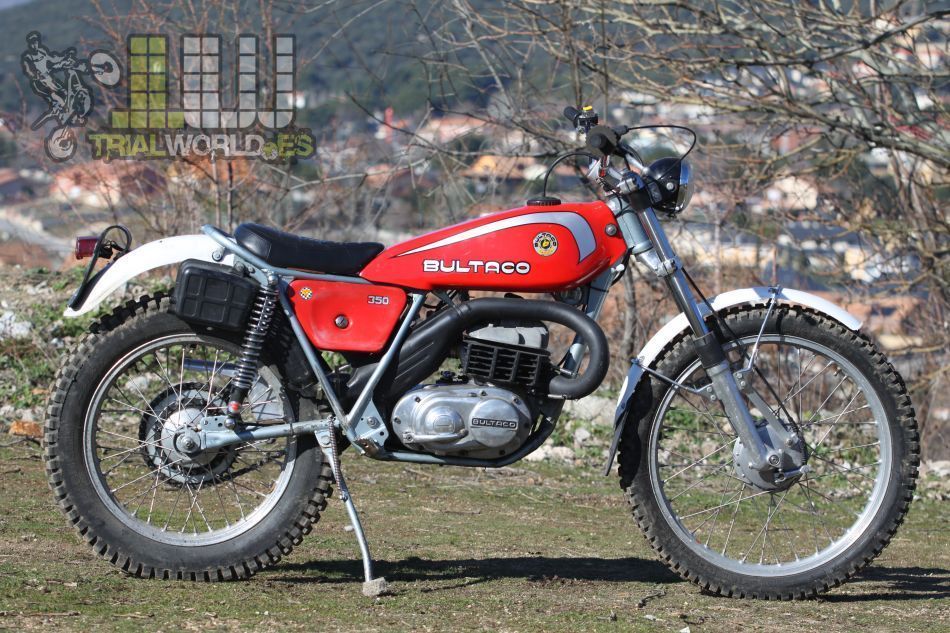
Click here to see the photo gallery
For all those who want to familiarize themselves with the origins of Bultaco in Trial, we recommend that you continue this report by reading another interesting test that we have in archive: the Bultaco Sherpa T “model 10”. Inevitably, this model will always be associated with the figure of Sammy Miller, the pioneer of the brand and responsible for Bultaco’s first successes in high international competition.
Without deviating from the subject at hand, let’s return to the historical context of the motorcycle that stars in these lines: the Bultaco Sherpa T 350 model 183.
Before the 183 model, there was an ancestor that was also called “Manuel Soler”. We are referring to form 159. It was 1975 and in the famous Reyes Trial that kicked off the Spanish season, Manuel Soler took a victory on the back of an almost definitive prototype. The overwhelming victory made it clear that the bike was effective and worked, so it didn’t take long for it to be seen at the Barcelona Motorcycle Show. Its lines were already known to fans due to its presence in competition, but it did not fail to be received with admiration. Externally there were novelties, but it was its important changes in internal components that captivated the specialized press as it represented a great evolution with respect to its predecessor.
MANUEL SOLER AND THE BULTACO SHERPA 350 MODEL 183
A stroke of a paragraph and we move on to the end of the year to celebrate Manuel Soler’s third national title and the birth of our protagonist: the Sherpa T 350 model 183. It would go on sale during the first half of 1976, while after the holiday end in August another new model appeared, the 191, which would be in production until March 1977. The factory justifies the appearance of new chassis numbers by declaring small changes in the distribution, but the truth is that these are versions with hardly any variation compared to the 159. In fact, between models 159, 183 and 191 not even the cover of the maintenance books changes.
The only noteworthy detail is that from the 183 model onwards a new Bing T 84 carburetor with By Pass is fitted. The conclusion is that so much motivation to put new models on sale is more of a commercial issue and the need for presence in the media to counteract the novelties offered by the competition.
The unit that you can see in this report
belongs to German García and is in an impeccable state of conservation
. As you can see, it retains the odometer, the original Betor shock absorbers, the control pinnacle and both headlights of the time. We are very grateful to Germán for his willingness!
Below we reveal the dynamic conclusions of a rider who has competed at his controls during numerous races of the Spanish Championship of Classics and different regionals: Pedro González, better known among fans as Pedropedales:
“Although the 159, 183 and 191 models were never officially called that, it was the fans who baptized it as such, since Manuel Soler was Spanish Champion 4 consecutive times (from 74 to 77), these being produced from 75 to 77.
These models, like their competitors from Montesa and Ossa, underwent a rather marked technical evolution. They started to use fat engines, more abrupt in the delivery of power, they raised their center of gravity, the footpegs in order to face the increasingly difficult areas.
Having had a 191 model, I can establish the differences with the Kit Champion models and the 199’s. I could say that the Manuel Soler “regressed” as well as the 348 of montesa or the Ossas verdes. Previous models, even two-and-a-half, had more electric, more elastic, more stable motors. On the other hand, these models were shorter, the swingarm was shorter, the engine was higher, the gear ratio was shorter, especially the first gear, often forcing you to opt for the second gear because of the type of zones that were made at the time.
For today’s “classic” trial, these models are less manageable than the kit and the 199, perhaps for the areas of that time, of holding the engine without touching the clutch, these were more effective.
In terms of beauty, for my taste they are the most beautiful Sherpas ever made
.”
Text and photos: David Quer / Collaborators: Germán García (owner) and Pedro González (Pedropedales)
{bonckowall source=”2″ pkey=”album” pvalue=”dqtrialworld” pvalue2=”SherpaManuelSoler” }{/bonckowall}
